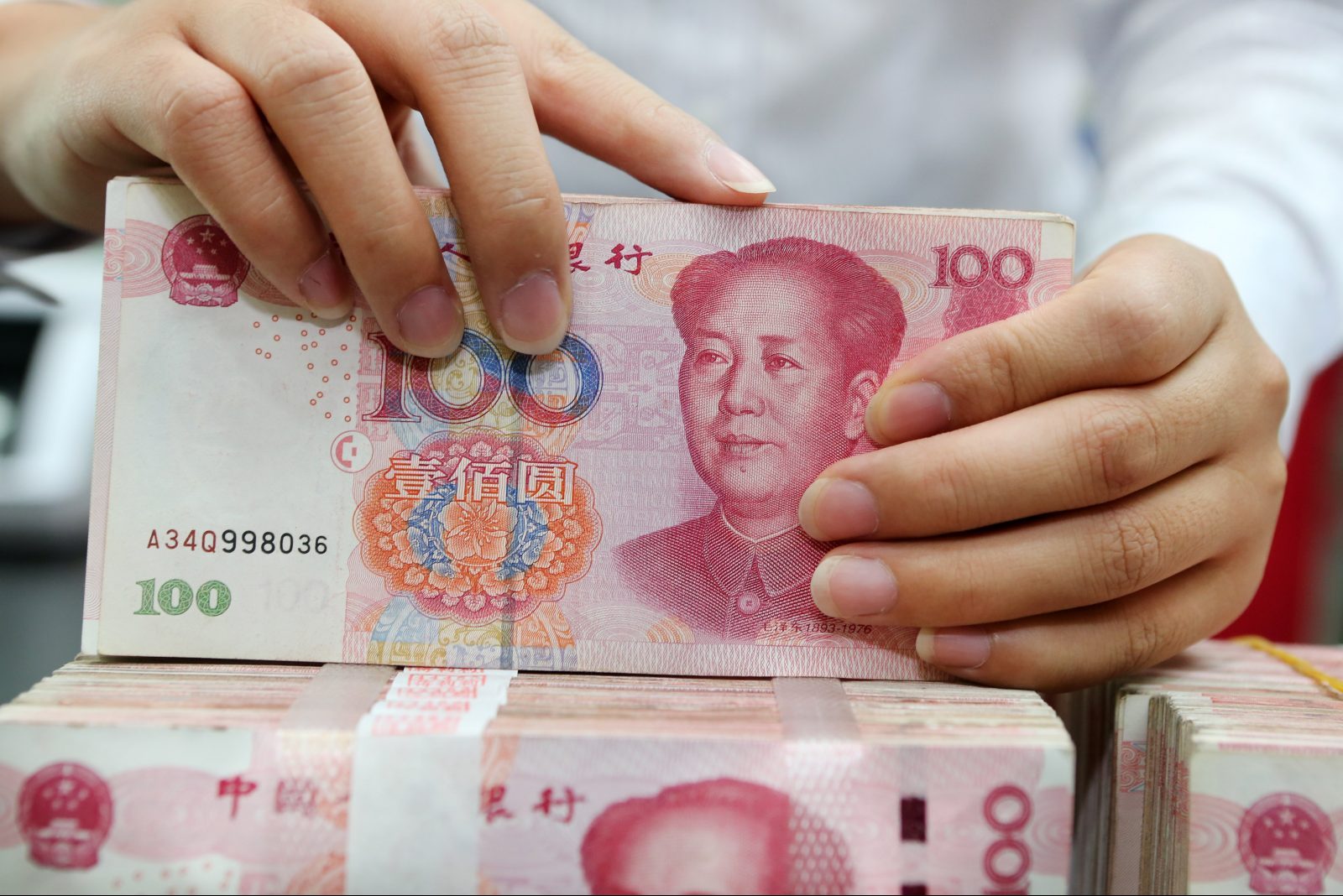(ATF) Recently, experts from ChinaBond Research and Development Centre – part of the China Central Depository & Clearing Co – were involved in an online seminar with many other top policy makers.
They explained that when it comes to interest rate marketisation reform, China needs to further connect the bond market and the deposit and loan market in a price transmission process.
They said the new simplified registration system of the bond market can be further promoted, so that more financing entities can raise funds in the bond market, expand the scope of market-oriented price mechanisms to allocate financial resources, and thus form an alternative competition to the deposit and loan market, so that commercial banks can deposit funds.
The loan pricing mechanism can gradually merge with the market-oriented pricing mechanism. On the other hand, China needs to further expand its credit asset securitisation and credit asset circulation markets, so that commercial banks can make more reference to the secondary market price of bonds in credit asset pricing, so as to improve the market-oriented pricing mechanism of commercial banks.
Interest rate marketisation reforms deepen
Experts from the China Bond R&D Centre believe that interest rate marketisation reform is a continuous deepening process. Interest rate marketisation reform can be understood from the three levels of the financial market pricing mechanism, internal financial transfer pricing of financial institutions, and monetary policy.
Firstly, the market-oriented pricing mechanism has gradually matured. The formation of a market-based pricing mechanism requires three conditions: Participants can enter and exit the market freely and orderly; secondly, market participants can compete fairly and logically; and thirdly, market prices are not constrained.
After years of development, China’s currency market and bond market have formed a relatively mature market-based pricing mechanism, and the pricing mechanism of the deposit and loan market is constantly developing in the direction of marketisation.
Secondly, the internal fund transfer pricing mechanism of financial institutions has been continuously improved. At present, China’s financial institutions are dominated by commercial banks. From the perspective of internal capital transfer pricing, China’s commercial banks can be divided into financial market business and deposit and loan business.
With the steady improvement of commercial banks’ independent pricing capabilities, internal fund transfers related to financial market business have begun to use market-oriented interest rates such as the yield curve of treasury bonds as pricing benchmarks, and internal fund transfer pricing benchmarks for deposit and loan businesses are also being marketed in due course.
The third feature is the continuous transformation of monetary policy regulation. The policy regulation of the currency and bond markets in China’s monetary authority mainly involves open market operations with reverse repurchase as the main action – monetary policy regulation of the deposit and loan market utilises RRR cuts, medium-term lending facility (MLF) and deposit benchmark interest rates and related tools.
With continuous transformation of monetary policy regulation, the monetary authority can realise open market operations in the currency market in the future and rely on the bond yield curve to realise the transmission of interest rates in the entire financial market. By then, China’s monetary policy will also completely change from quantitative to price-based, and interest rates will further play its regulatory role.
In general, the above three levels represent the macro market, micro financial entities and monetary policy, and the three levels of interest rate market reform are actually complementary and progress alongside each other.
National debt yield curve widely used
Experts from ChinaBond Financial Valuation Centre introduced the current status of the application of Treasury bond yield curves. Currently, Treasury bond yield curves have been widely used in economic and financial fields, including application to macro and micro levels.
The application at the macro level is reflected in the following aspects:
# First, the three-month Chinese bond yield has officially entered the SDR interest rate basket, helping the yuan internationalisation process;
# Second, based on the China bond yield curve, “The “SKY” – Shanghai Key Yield Rate – indicator has further docked with the construction of the Shanghai International Financial Centre, consolidating the pricing power of yuan;
# Third, the yield curve of ChinaBond Treasury Bonds has been published on the official websites of the Ministry of Finance, the People’s Bank of China and the China Banking Regulatory Commission, enhancing the market transparency for players. The attention and utilisation rate of the national debt yield curve has laid a solid foundation for the interest rate marketisation reform.
# Fourthly, the People’s Bank of China continued to use the China Bond government bond yield curve in analysis such as the “Monetary Policy Implementation Report” to reflect the changes in the bond market interest rate. The situation shows that the Treasury bond yield curve provides an effective reference for the formulation of monetary policy;
# And lastly, the China Bond Treasury bond yield curve has become a benchmark for the price range of the Treasury bond market-supporting operation, helping to improve the liquidity of the Treasury bond market. The China bond valuation released on the basis of the yield curve has been adopted by the Ministry of Finance as the purchase price of bonds in the calculation of VAT, which strongly supports the reform.
The application at the micro level is reflected in the following ways, the Economic Daily reported:
# Firstly, bond issuance, both the long-term government bonds and local government bonds use the China Bond government bond yield curve as the benchmark for bidding pricing;
# Secondly, the “fair value measurement,” which currently has more than 1,000 domestic and foreign financial institutions using the China Bond Government Bond Yield Curve and China Bond Valuation as the reference point for measuring the fair value of financial assets;
# The third factor is the risk management measurement benchmark – the reference benchmarks for insurance reserve measurement in the insurance industry;
# Fourth, product pricing benchmarks – securities companies using the ChinaBond Treasury Yield Curve and other Chinese bond price indicators as floating-rate benchmarks have about 2.5 trillion yuan, covering perpetual medium-term notes, preferred shares, such as perpetual subordinated debt and other securities, rely on this.
To further deepen reform “the CCDC will play an important role in promoting the market-oriented reform of interest rates.”
Experts believe that, first of all, the CCDC, as a national-level core financial infrastructure agency, effectively supports stable operation of the bond market. And stable operation of the bond market is the basis for deepening the reform of interest rate marketisation.
Secondly, the bond yield curve issued by China Securities Finance Valuation Centre, a subsidiary of the CCDC, is an important market-based benchmark interest rate, which plays a fundamental role in the reform of interest rate marketisation.
Thirdly, the collateral business conducted by the CCDC’s collateral centre has improved the liquidity of the bond market, and the collateral daily mark-up mechanism introduced by it has also fully played the role of the signal price of bond prices, which has further promoted the bond yield curve.
From now on, reform of the corporate bond registration system promoted by the CCDC’s corporate bond centre will effectively increase the financial supply of the bond market to the real economy and promote an effective connection between the bond market and the credit market.
Finally, Yindeng Centre, a subsidiary of the CCDC, is an important place for the circulation of credit assets. It also plays an important role in revitalising the stock of credit assets and the secondary market of credit assets and bonds.
























